Africa’s most inspiring environmental rehabilitation projects
How everyone from coffee farmers to herdsmen are being roped in to save the continent’s flora and fauna
Africa may not be short of pristine wilderness and tourist opportunities, but beyond the safari hotspots, animals and humans are often forced to compete for the same dwindling resources, leading to conflict and resentment. But while some wild spaces will inevitably have to give way to development, locals, governments and conservationists from South Africa to South Sudan are working together to harness Africa’s natural inheritance for the benefit of its inhabitants.
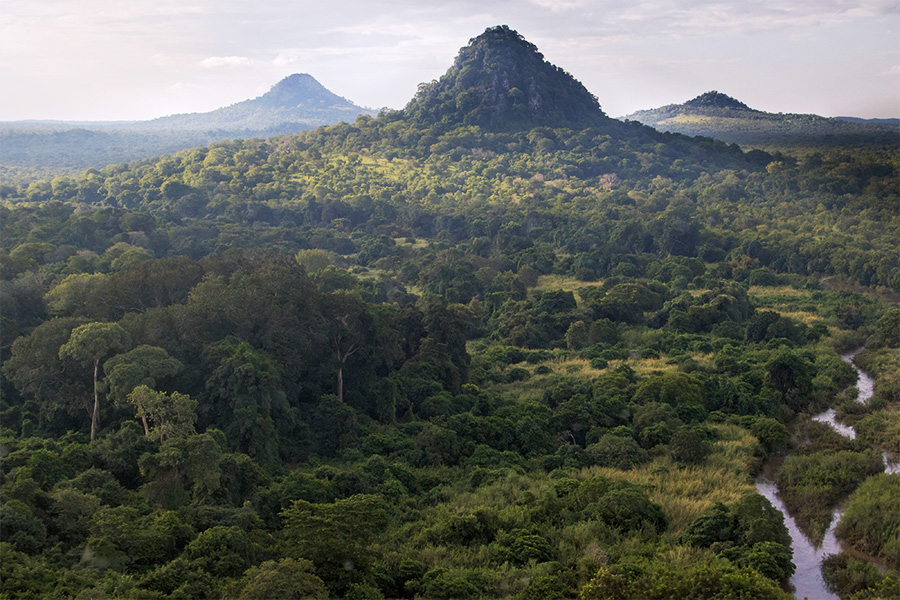
Gorongosa National Park is being reforesting with the help of coffee plants / Image: Piotr Naskrecki

In Mozambique’s Gorongosa region, locals are proving that it is possible for people to improve their lot and help the environment at the same time. Farmers there are restoring rainforest destroyed during the country’s 15-year civil war, planting around 300,000 new saplings each year and making a living in the process. Their secret? Coffee.
This cash crop (which can earn them up to ten times more than growing maize) needs the shade of taller trees to thrive. In total, more than three million indigenous trees will be planted on the slopes of Mount Gorongosa, creating the perfect environment for bean production, as well as other crops like cashews, pineapples and avocados. This treetop canopy will also link up animals trapped in fragmented pockets of hardwood forest and provide new habitation for various birds and bat species.
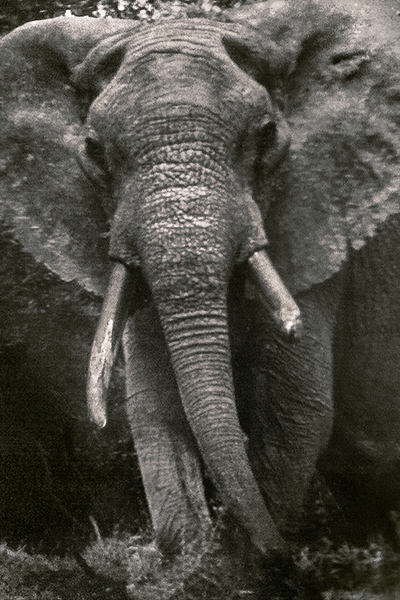
A rare photo of what’s believed to be the last remaining Knysna elephant
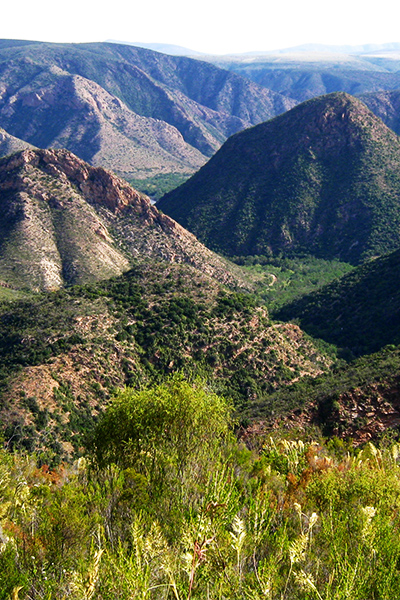
The setting for a stretch of the Eden to Addo Corridor
Plans to create a mini version of Kruger National Park closer to Cape Town have passed the halfway point, after yet more landowners signed up to a scheme designed to link up several fragmented wildlife reserves. Known as the Eden to Addo Corridor Initiative, it aims to create a stretch of wilderness measuring nearly 9,000 square miles in the Garden Route region by connecting together three parks/nature reserves: the Garden Route National Park, the Baviaanskloof World Heritage Site and Addo Elephant National Park.
Originally dreamed-up as a way to connect South Africa’s last free-roaming elephants near Knysna with their cousins in the distant Addo Elephant National Park, the plan has since taken on a more holistic approach, following the death of all but one of the Knysna herd. Its focus now is on restoring natural biodiversity, by encouraging farm owners to take down fences, remove alien plant species and allow the natural migration of animals across their land.
The project’s CEO, Rhian Berning, told Selamta that it won’t just be leopards and rhinos that benefit from the creation of these wildlife corridors. She explained how the region’s hummingbird-like sunbirds, for example, also risk inbreeding because “they won’t fly over large tracts of agricultural land” that divide the parks. Crucially, by restoring natural corridors between the isolated reserves, it’s believed that everything from big game and birds to the plants they germinate can avoid the fate that befell Knysna’s elephants.
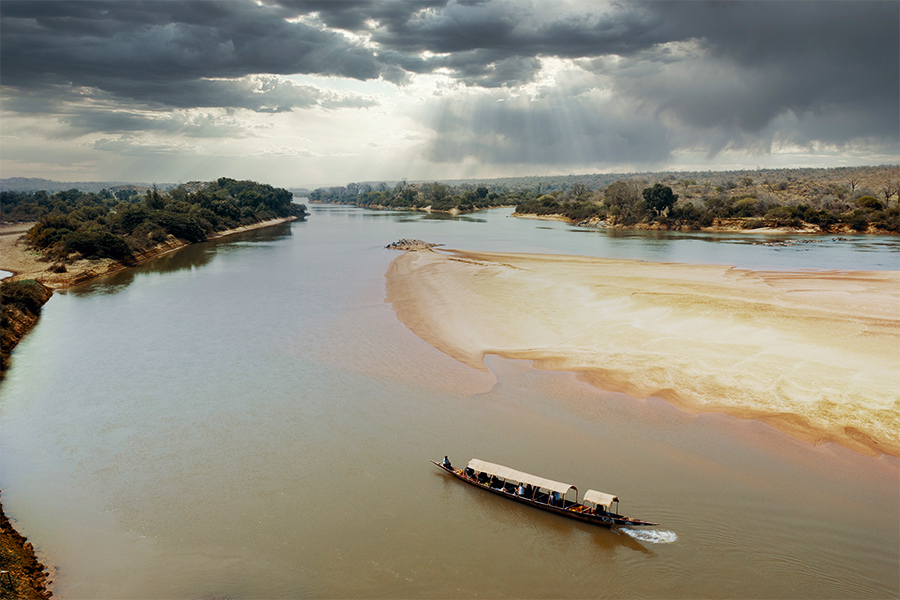
The vast W National Park, a haven of wildlife in Niger / Image: Wild Africa Conservation - wildafricaconservation.org

Goat herders and big cats may seem ill-suited neighbours, but luckily for the 350 lions in the W-Arly-Pendjari (WAP) group of reserves they’ve come to something of a truce. This figure means that around 90% of all West African lions left on Earth live in the reserves, which span the Benin, Burkina Faso and Niger borders. But what should be a recipe for the sub-species’ extinction has instead spurred conservationists, herders and the Benin government to work together, reducing the number of livestock killed by lion and drastically increasing the number of critically endangered predators.
Key to this seemingly impossible goal is the construction of simple, lion-proof bomas (night-time blockades) for goats and cattle to sleep in. Fences have also been erected around some of the perimeter and anti-poaching patrols have been stepped up. Incredibly, it’s already led to a 96 per cent reduction in “human-wildlife incidents” in Benin’s Pendjari section of the park. And with retaliatory attacks by herders now almost a thing of the past, it is calculated that the 100 or so lions in the Pendjari section of WAP could eventually quadruple in number, making lion-spotting safaris a credible tourist draw, especially among West Africa’s as-yet-untapped domestic market.
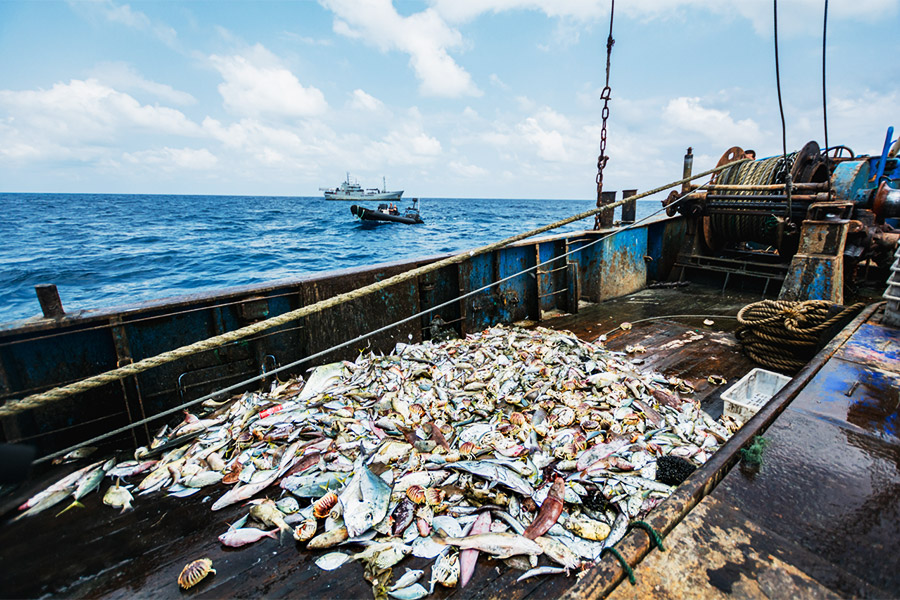
Illegal trawlers with over one ton of rays and fins being arrested in Gabon / Image: Sea Shepherd Global – seashepherdglobal.org

Turtles, whales and hundreds of thousands of African fishermen have been given a lifeline under a Congolese plan to set aside up to a third of its territorial waters for marine conservation. Congo’s seas have been plundered by illegal trawlers, putting the survival of both of its domestic fleet and its wildlife in danger. Nearly 87 per cent of fishing vessels inspected between 2017 and 2019 were found to be in contravention of fishing regulations, with many of them found to be in possession of endangered shark and ray species.
Keen to crack down on overfishing by foreign trawlers, in September 2022 the Congolese government set aside an initial 1,500 square miles – roughly 12 per cent of its waters – as Marine Protected Areas (MPAs). It follows a precedent set in 2017 by neighbouring Gabon, which has already turned over a staggering 26 per cent of its waters for marine conservation. Despite the protections, Gabon’s coastline has routinely been invaded by trawlers operating off its southern neighbour. However, with marine parks now spanning both sides of the border, fish stocks are expected to recover, and this important nesting centre for leatherback turtles and breeding ground for humpback whales will also get some much-needed protection, too.
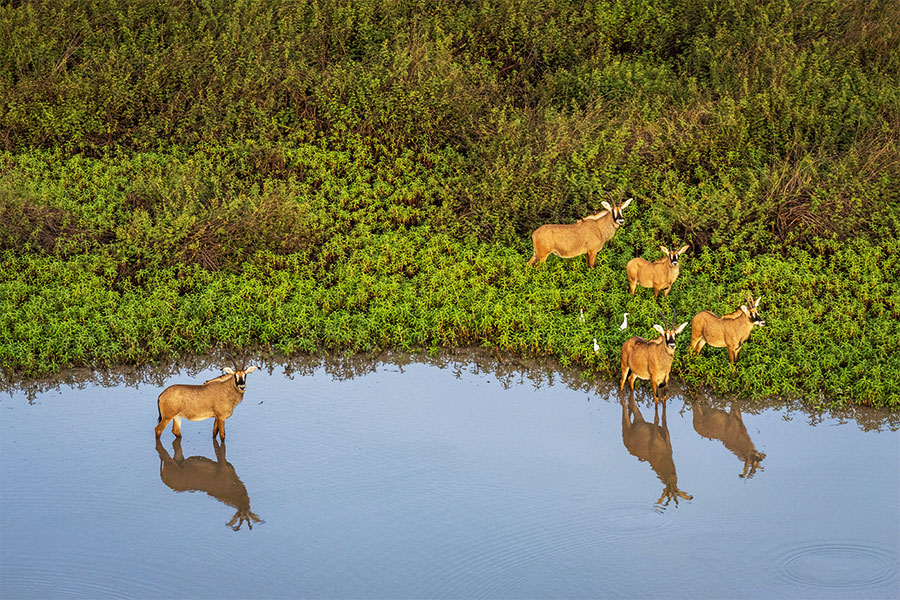
Antelopes in Chinko, a protected reserve near the South Sudanese border and managed by African Parks / Image: Marcus Westberg

Tourists might one day be holidaying where conflict once raged – South Sudan’s vast, game-stocked plains – under a bold plan laid out by the government in August 2022. The initiative has seen the country hand an area of land about the same size as Belgium or Rwanda to a Johannesburg-based charity famous for transforming degraded national parks into thriving safari destinations. Under the ten-year agreement signed with African Parks, 11,500 square miles of land, stretching from the capital, Juba, to the border with Ethiopia, has been set aside to be developed for eco-tourism.
It’s hoped that this vast wilderness, which is home to the second-largest migration of antelopes in Africa, could one day become South Sudan’s answer to the Serengeti. It certainly has potential; as well as the million-strong antelope migration, its Nile floodplains are one of the last strongholds of the Nubian giraffe. Meanwhile, fragments of its once thousands-strong elephant, wild dog, cheetah and lion populations still survive, and in large enough numbers to be quickly brought back from the brink.